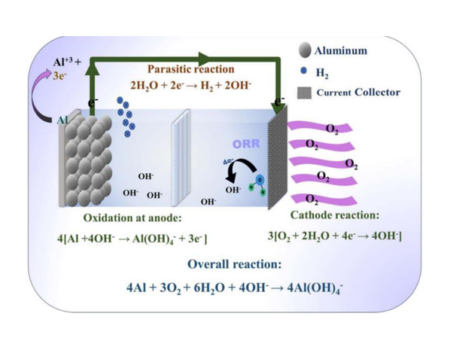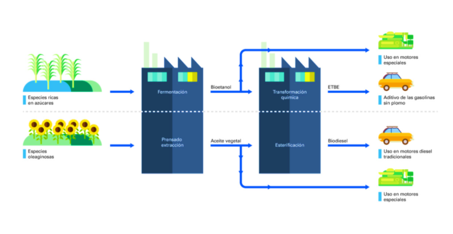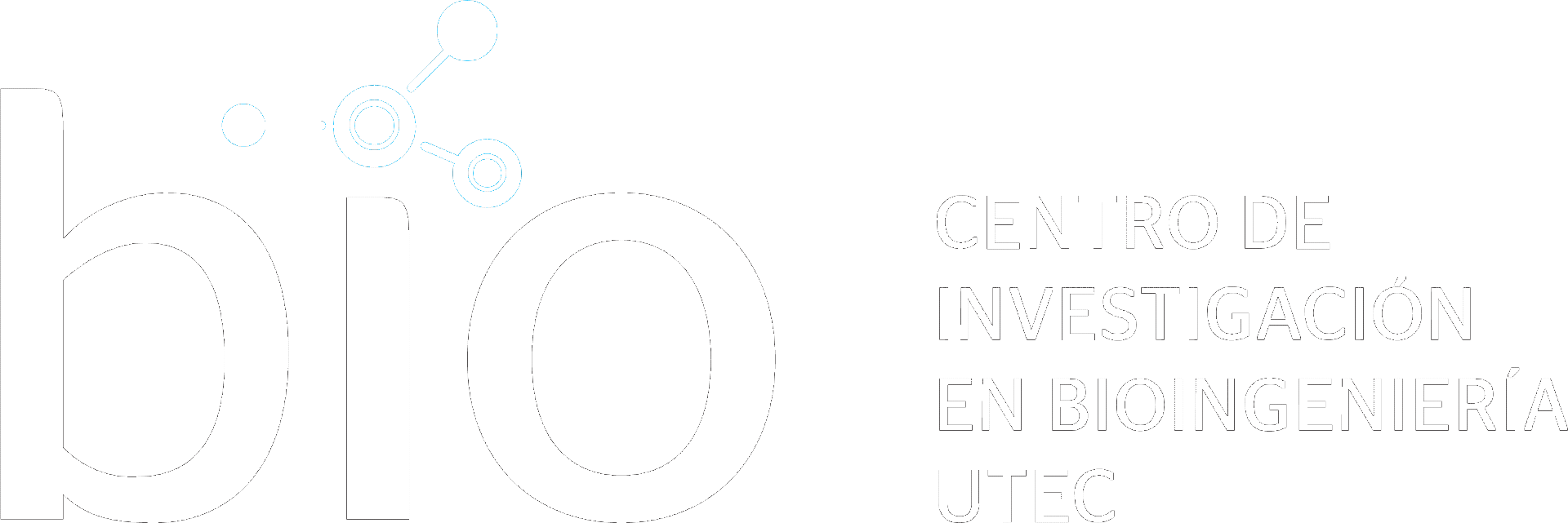
Full Time Professor
Bioengineering and Chemical Engineering Department
One of the advances to assist and increase the chance of survival of babies born prematurely (those born at less than 25 weeks gestation) are artificial wombs, devices designed to maintain the growth and development of the preterm human embryo outside the womb. These wombs mimic the structure and function of the human uterus, providing an optimal environment for the preterm baby to survive, carefully monitoring and regulating the conditions inside thanks to integrated sensors and automated control systems, thus providing a safe and healthy space where the baby can reach its full and complete development before being ‘born’ to the outside world.
Although these devices have been successfully tested on lambs and pigs (Figure 1), whose gestational embryos have been kept alive for several days [1,2], there is great uncertainty about the results this technology could achieve with humans [3].

There is a high rate of morbidity and mortality in babies born before 25 weeks, which is reduced as the baby is born later in gestation. When a developing embryo is born prematurely, its lungs are not yet mature enough to breathe air, so it needs to be protected from the external environment and receive oxygen and nutrients for development through the umbilical cord, while its lungs are protected by amniotic fluid. Currently, these babies are placed in incubators that provide them with the conditions to continue their development. However, as these are air-filled spaces, they do not provide the completely safe environment that preterm infants need for proper development, and it is not uncommon for babies who survive this scenario to develop health problems such as neurological disease, deafness, impaired movement or other problems caused by incomplete development in the womb [4,5].
Under these conditions, artificial wombs provide an environment where the preterm embryo is placed inside a bag containing a synthetic amniotic fluid that isolates the fetus from the outside environment while all nutrients, hormones and oxygen are supplied through this fluid and the umbilical cord, which is connected to the control system of this device (Figure 2).

These are very promising devices to help the survival of the large number of premature babies born worldwide, but they bring with them conflicting social and ethical positions.
On the one hand, artificial wombs have the potential to revolutionize the way conception and pregnancy take place. They could offer a solution for women with infertility problems or who are unable to carry a pregnancy to term because of medical complications, while eliminating several of the risks associated with pregnancy, such as pre-eclampsia, premature delivery and complications during childbirth.
On the other hand, artificial wombs raise a series of ethical and social issues, such as the idea of maternity, surrogacy, the impact on the health and quality of life of the embryo conceived there, assisted maternity, among others [6,7].
Technological and ethical advances will resolve these concerns in the coming years.
References
- E. Partridge, M. Davey, M. Hornick et al., “An extra-uterine system to physiologically support the extreme premature lamb”, Nature Communications 8, 15112, April 2017. https://doi.org/10.1038/ncomms15112.
- Women and Infants Research Foundation, “Artificial womb EVE Therapy”. Women and Infants Research Foundation Newsletter. [Online]. Available: https://wirf.com.au/Our-Research/Case-Studies/Artificial-womb-EVE-Therapy. Accessed on May 13, 2024.
- C. Willyard, “Everything you need to know about artificial wombs”. MIT Technology review. September 2023. [Online]. Available: https://www.technologyreview.com/2023/09/29/1080538/everything-you-need-to-know-about-artificial-wombs/#:~:text=An%20artificial%20womb%20is%20an,biobag%2C%E2%80%9D%20surrounded%20by%20fluid. Accessed on May 13, 2024.
- Vitara Biomedical Inc, “A New Era in Neonatal Care”. Vitara Biomedical Inc. [Online]. Available: https://www.vitara.com/. Accessed on May 13, 2024.
- Perinatal Life support, “PLS System, Perinatal Life Support explained”. [Online]. Available: https://perinatallifesupport.eu/. Accessed on May 13, 2024.
- N. Williams, “The Pros and Cons of Artificial Wombs”. News-Medical. August 2023. [Online]. Available: https://www.news-medical.net/health/The-Pros-and-Cons-of-Artificial-Wombs.aspx. Accessed on May 13, 2024.
- A. Vidal Egea, “Some feminists believe that artificial wombs will be an antidote to the patriarchy, but the prospects are not so clear”. El País. December 2023. [Online]. Available: https://english.elpais.com/technology/2023-12-26/some-feminists-believe-that-artificial-wombs-will-be-an-antidote-to-the-patriarchy-but-the-prospects-are-not-so-clear.html. Accessed on May 13, 2024.




